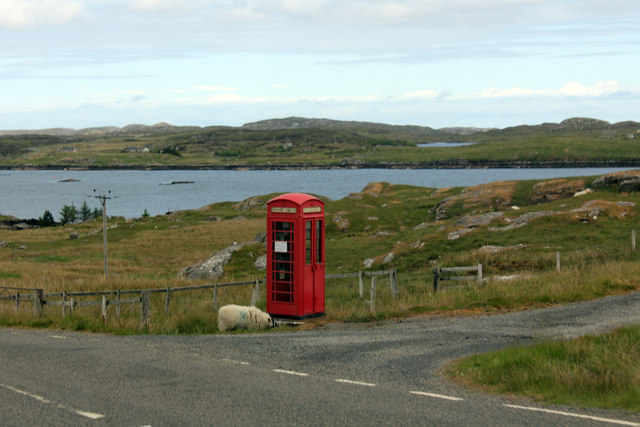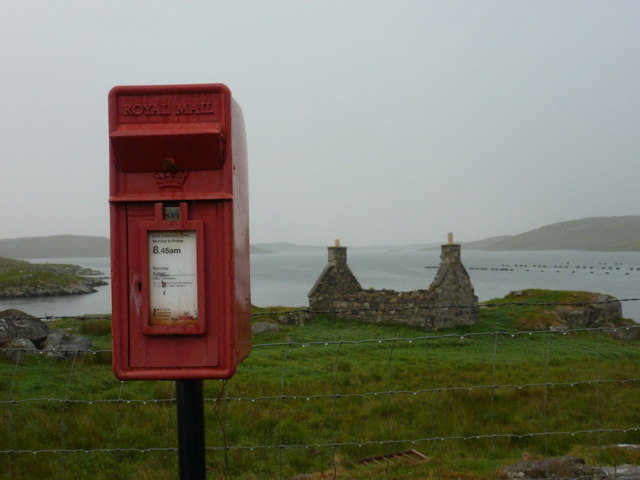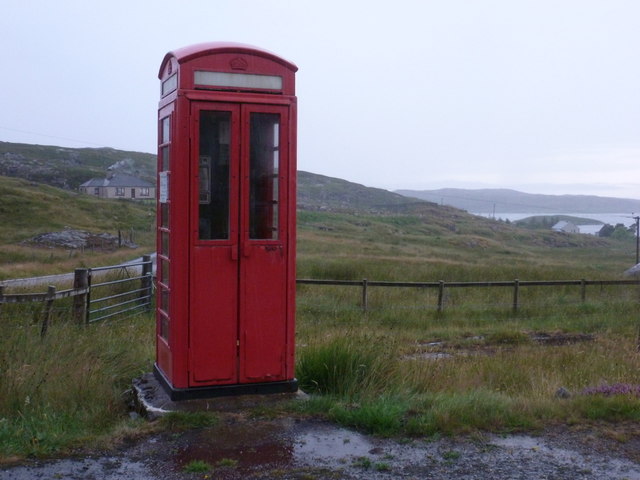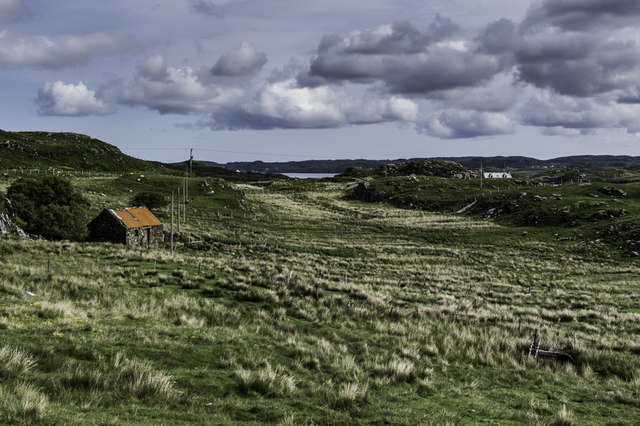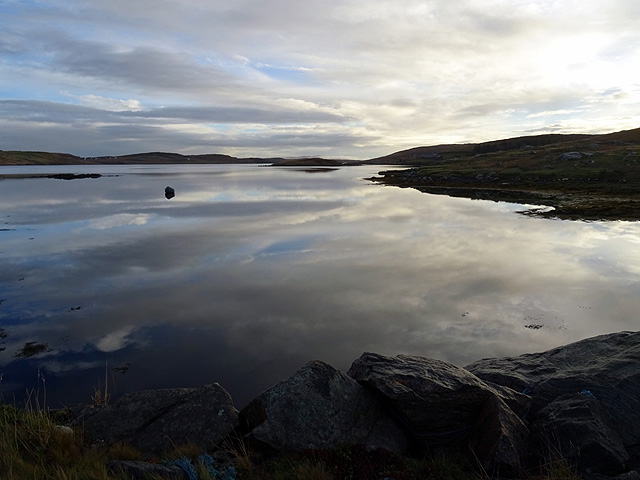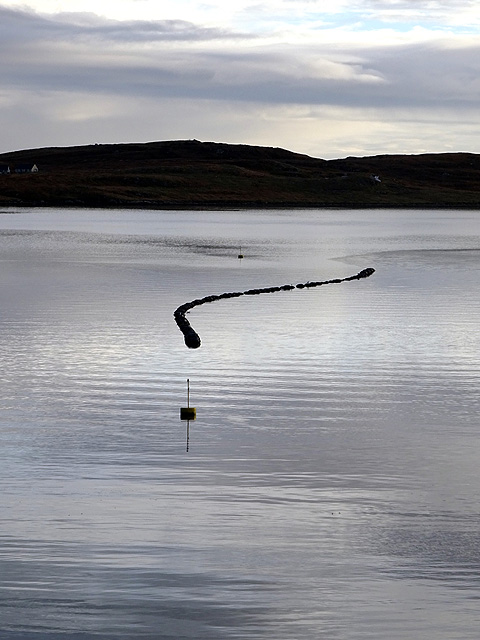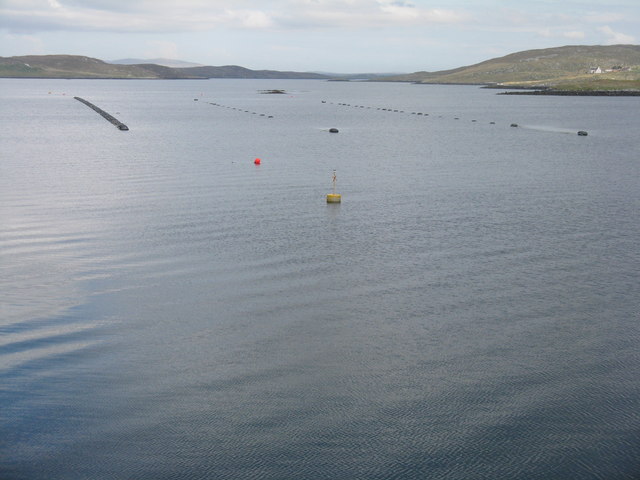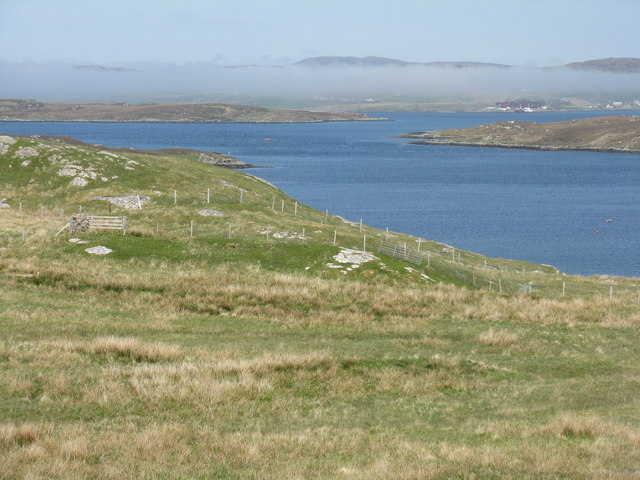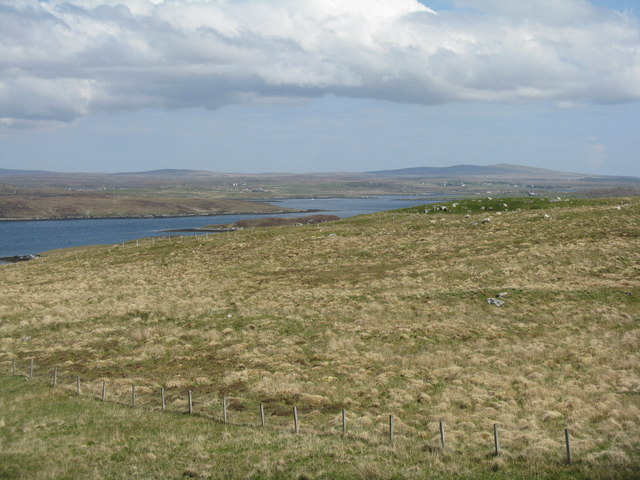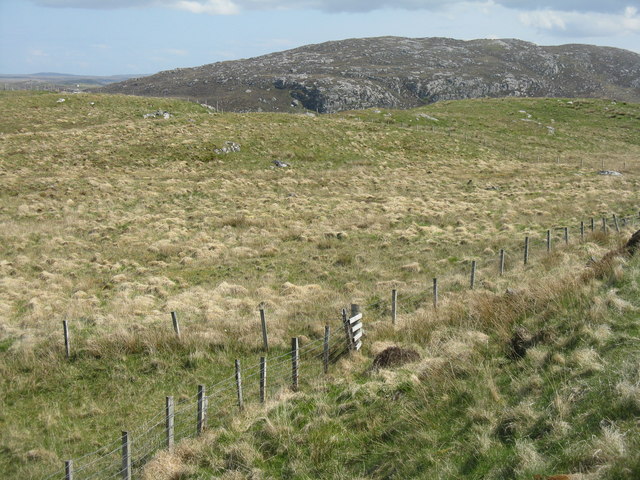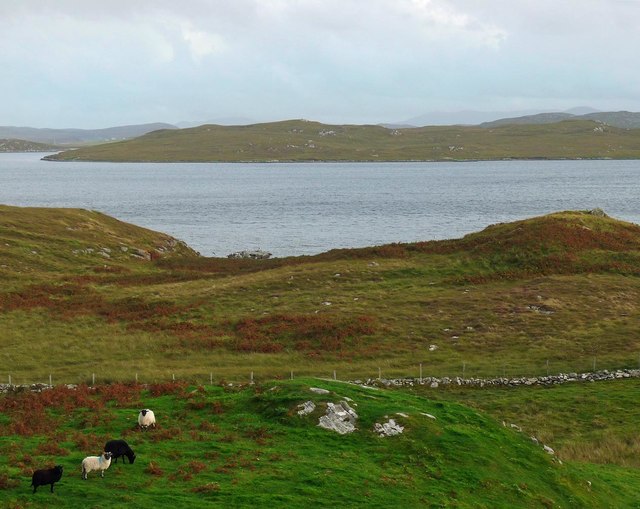Bràigh a' Phuirt
Coastal Marsh, Saltings in Ross-shire
Scotland
Bràigh a' Phuirt
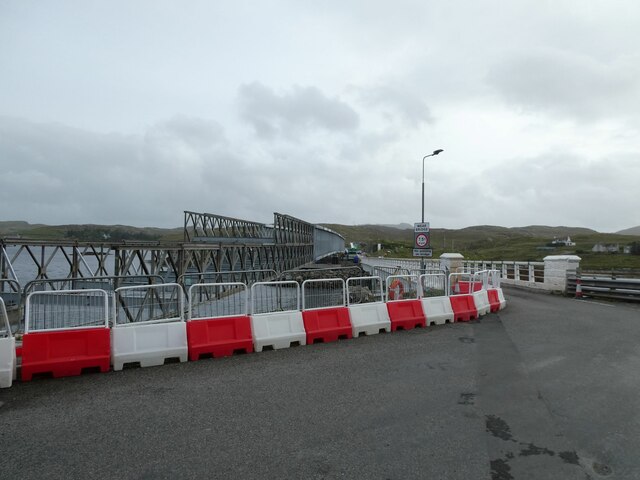
Bràigh a' Phuirt, located in Ross-shire, Scotland, is a captivating coastal marsh and saltings area renowned for its unique natural beauty and diverse ecosystem. Spanning approximately 200 acres, this remarkable landscape is a haven for various plant and animal species, making it a significant conservation area.
The marshland is characterized by its vast expanse of lush vegetation, including reeds, grasses, and sedges. These provide a crucial habitat for a wide range of bird species, such as curlews, lapwings, and redshanks, which thrive in the marsh's wet and muddy conditions. The area also serves as a vital stopping point for migratory birds, attracting waders and waterfowl during their seasonal journeys.
The coastal saltings, located adjacent to the marshland, boast a unique ecosystem that thrives in the brackish water environment. The saltings are home to various halophytic plants, specially adapted to tolerate the high salt content in the soil. This distinctive flora attracts insects and invertebrates, which in turn support a diverse array of bird species.
Apart from its ecological importance, Bràigh a' Phuirt offers stunning panoramic views of the surrounding landscape. Visitors can enjoy breathtaking vistas of the nearby mountains, including the iconic Ben Wyvis, as well as the picturesque coastline stretching along the Cromarty Firth.
The area is also a popular spot for nature enthusiasts and birdwatchers, who can explore the well-maintained trails that wind through the marsh and saltings. Educational programs and guided tours are available, providing visitors with an opportunity to learn about the rich biodiversity and conservation efforts in the region.
Overall, Bràigh a' Phuirt is a captivating coastal marsh and saltings area, offering a unique and enchanting experience for both nature lovers and those seeking tranquility amidst Scotland's remarkable natural landscapes.
If you have any feedback on the listing, please let us know in the comments section below.
Bràigh a' Phuirt Images
Images are sourced within 2km of 58.20236/-6.7945501 or Grid Reference NB1833. Thanks to Geograph Open Source API. All images are credited.
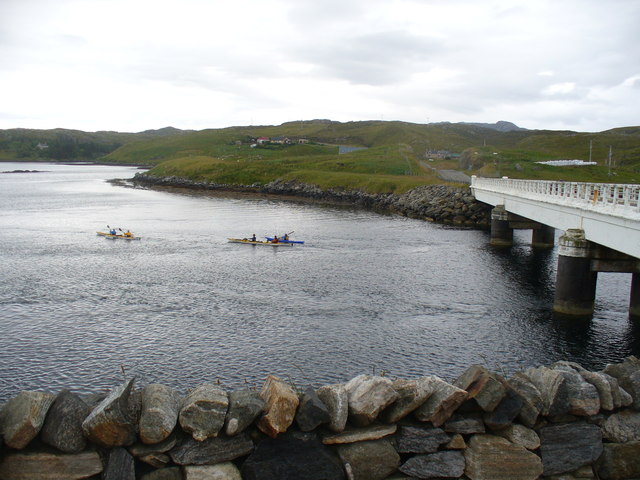
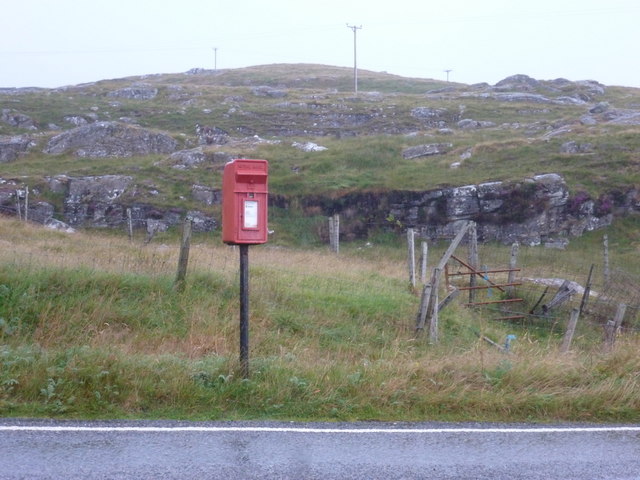
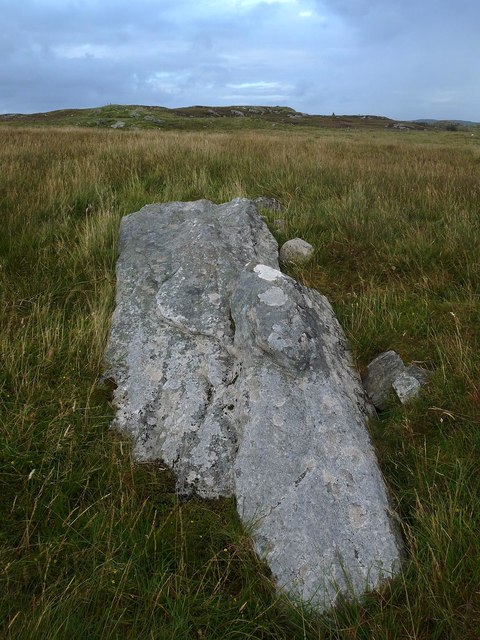
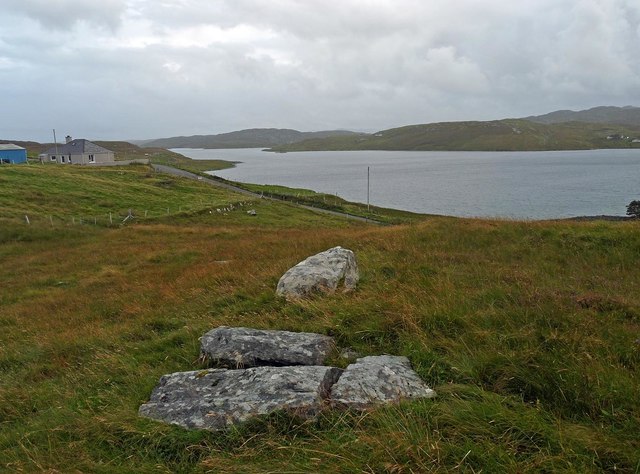
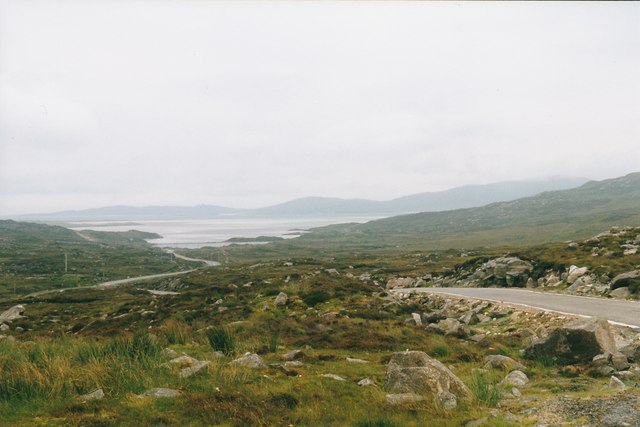
Bràigh a' Phuirt is located at Grid Ref: NB1833 (Lat: 58.20236, Lng: -6.7945501)
Unitary Authority: Na h-Eileanan an Iar
Police Authority: Highlands and Islands
What 3 Words
///clef.crush.hasten. Near Carloway, Na h-Eileanan Siar
Nearby Locations
Related Wikis
Eilean Chearstaidh
Eilean Kearstay (Scottish Gaelic: Eilean Chearstaigh) is an uninhabited island in Loch Roag in the Outer Hebrides of Scotland. It lies south east of Great...
Ceabhaigh
Ceabhaigh is a small island in an arm of Loch Ròg on the west coast of Lewis in the Outer Hebrides of Scotland. It is about 25 hectares (62 acres) in extent...
Callanish VIII
The Callanish VIII stone setting is one of many megalithic structures around the better-known (and larger) Calanais I on the west coast of the Isle of...
Callanish
Callanish (Scottish Gaelic: Calanais) is a village (township) on the west side of the Isle of Lewis, in the Outer Hebrides (Western Isles), Scotland. Callanish...
Nearby Amenities
Located within 500m of 58.20236,-6.7945501Have you been to Bràigh a' Phuirt?
Leave your review of Bràigh a' Phuirt below (or comments, questions and feedback).
